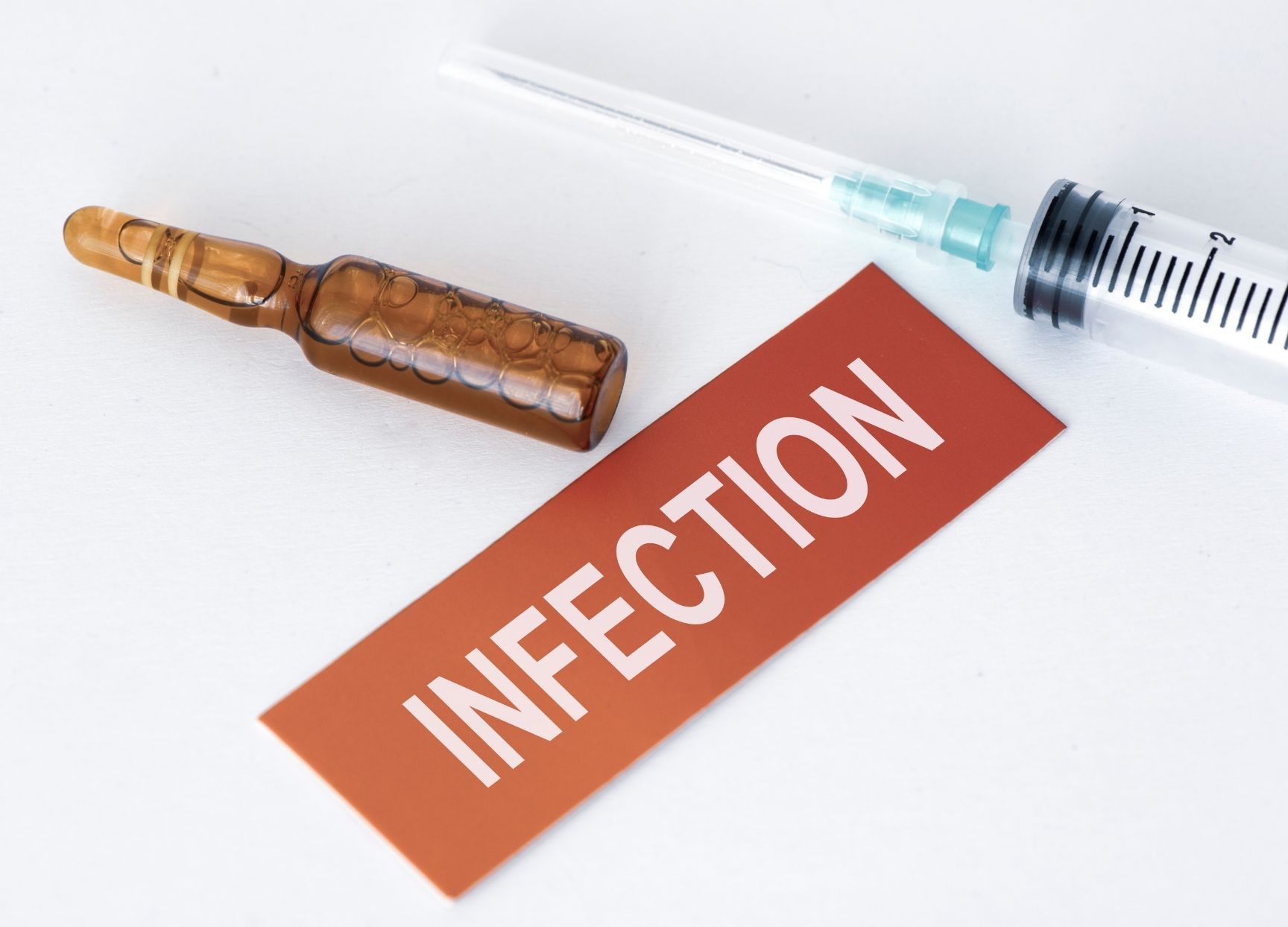Antifungal creams can be used to treat superficial fungal skin infections such as athlete’s foot, tinea in the groin area and some yeast infections, such as candida and malassezia.
Fungal hair infections respond best to antifungal tablets as the fungus actually lives inside the hair-shafts so shampoos and creams won’t clear it.
Fungal nail infections can respond to topical treatment – such as antifungal nail lacquer applied to the affected nails once per week, or we can slowly dissolve infected nail plates using a special cream. Occasionally antifungal tablets are needed for weeks or months to clear the infection properly. Discoloration in the nail plate can take a long time to grow out (as it takes 9-12 months to grow a new nail) but should clear once the infection is fully treated.
Occasionally fungal infections can recur. We are also seeing an increasing number of resistant fungal species that may require prolonged courses of high dose medication to clear them.
Overgrowth of our normal skin flora yeast can lead to patchy discoloration on the torso and that can be treated with ketoconazole shampoo to wash the skin and or some anti yeast tablets for a few weeks. The skin pigmentation may take a while to recover once the yeast overgrowth has been fully treated.
